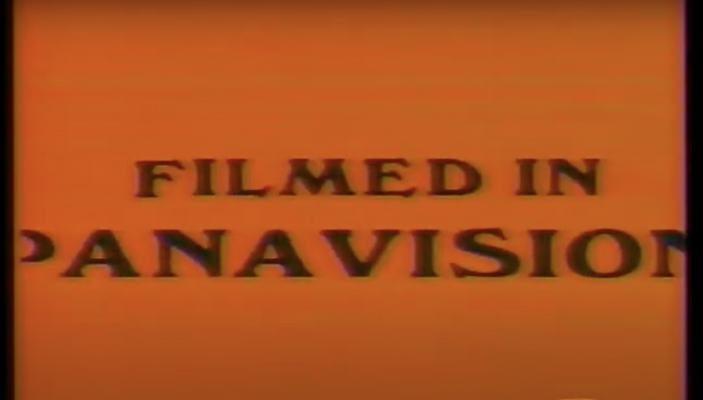Dennis Gallagher
Stunt Coordinator
- Joined
- Jan 22, 2003
- Messages
- 125
- Real Name
- Dennis T. Gallagher
Wow! Quite an assumption on this forum to think "we all" hated letterboxing. FWIW - my twelve year old self back in prehistoric times realized something was amiss when the opening credits of some movies on programs like NBC's Saturday Night at the Movies were shown with elaborate drawings above and below them (early "letterboxing" as I learned at some point.) I'm curious who came up with the dumb term "full screen"; decidedly not "full screen" when half the movie was missing - a definite truth back when movies were actually filmed with anamorphic lenses or in Techniscope; much more muddled now when most "scope" films are filmed "open matte" and multiple aspect ratio versions are out in the wild and the version one sees dependent upon the theater where one sees it - or the decision by the company releasing the BluRay or the streaming service showing the movie. ("Enhanced for IMAX" - anyone? - in theaters or on Disney+. Interesting how the 1.43 IMAX version - something akin to the old "full screen" TV ratio - has now become the one with the greatest impact; full circle from the days when the wider films were always more impressive.)I think we all hated letterboxing until televisions became widescreen
After all these years, the black bars have become a second thought. I actually appreciate seeing a letterboxed feature -- even on a projected screen -- knowing I am seeing more information, or as the film was intended to be seen.
I don't think the general public gives it a second thought anymore, either.









